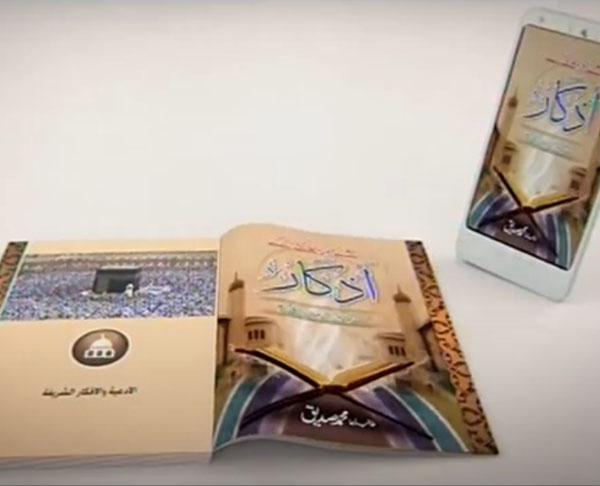شخصية اليوم أحدث الأخبار
Queen Elizabeth II’s husband, Prince Philip dies at age 99

Visual Archive

Saudi Arabia made the biggest sacrifices to strengthen the oil market: Energy Minister

Women account for 35% of the 200,000 new labor-force entrants

The meeting of the Central Hajj Committee is presided by Prince Khaled

Mohamed Bin Zayed's grandsons attended the inauguration ceremony of Egypt's ‘3 July base’

Sheikh Abdullah Bin Salem unveils the second edition of the 'Jewels of Emirates' exhibition at the Expo Centre Sharjah

Princess Reema confirms that Vision 2030 has increased opportunities for women

The Crown Prince unveiled a nationwide transportation and logistics strategy

The UAE is constantly fine-tuning its economic model and strategic initiatives: VP

Sharjah Ruler emphasizes, that children should be nurtured with pure culture

Al-Qasabi calls for toll-free phone numbers to handle customer complaints

Sheikh Mohammed announces the start of the 100-day countdown to Expo 2020 Dubai

According to Sheikha Latifa, the cultural and creative industry is an essential element of Dubai's future plans

Dubai Digital Authority is established by Sheikh Mohammed

Father is the family's pillar and provider of security,' Sheikh Sultan explains

Ebrahim Raisi won Iran's elections easily

Milkha Singh, India's 'Flying Sikh,' dies of coronavirus at the age of 91

Minister of State for Foreign Trade, to discuss new business models with Pakistan

Sheikh Mohammed applauds Emirates Airlines’ contribution to Dubai's economic success

Al-Qasabi: Saudi Arabia aims to become Egypt’s top trading partner

Rupert Murdoch, the media tycoon, has slashed the worth of his newspaper, 'The Sun,' to zero



 ENG
ENG


























































تواصل معنا